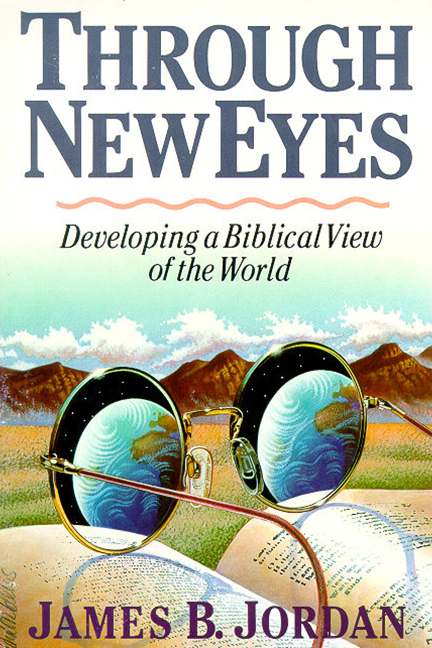
Through New Eyes
James B. Jordan
Narrated By: Lucus Bell
Topics: Doctrinal Studies, Theology
Library: Gary North Library
“You shall have no other gods before me. You shall not make for yourself idols in the form of anything . . . you shall not bow down to them or worship them.” – Exodus 19:3-5 NIV
Idolatry. It’s been a problem with man for a long time. And, as witnessed by the first two commandments delivered to Moses on Sinai, God is serious about confronting it.
According to Dr. Herbert Schlossberg in his bestselling book, IDOLS FOR DESTRUCTION, all idols fall into two general categories: Idols of nature and Idols of history. Picking up where idolatry stands between God and His people, Christians must have a Biblical view of nature, and a Biblical view of history.
THROUGH NEW EYES demonstrates that nature was designed and created as a revelation of God. Only if we allow nature to point us to the Creator can we avoid idolatry. Jordan discusses the design of the world as a whole-as well as rocks, stars, plants, animals, and humanity-demonstrating how it shows forth the nature of the Creator.
History also is designed and managed by God. Jordan discusses the Biblical view of history, exhibiting that God superintends history so that events of the past shed light on events of the future. “Only with such an understanding of history,” contends Jordan, “can we draw legitimate analogies from the Bible to our time.”
THROUGH NEW EYES sets forth the Biblical understanding of the world, and then traces the developments of that world through the successive “covenants” of the Bible – each new covenant transforming the previous one, bringing forth a “new world.” Each of these “worlds” was given a symbolic model appropriate to the times: the Tabernacle for Moses, the Temple for David, and so forth. By a study of these models, and of the societies they represented, Jordan is able to set forth the Biblical view of the world and historical change and progress, and make relevant and important applications to the present day.
